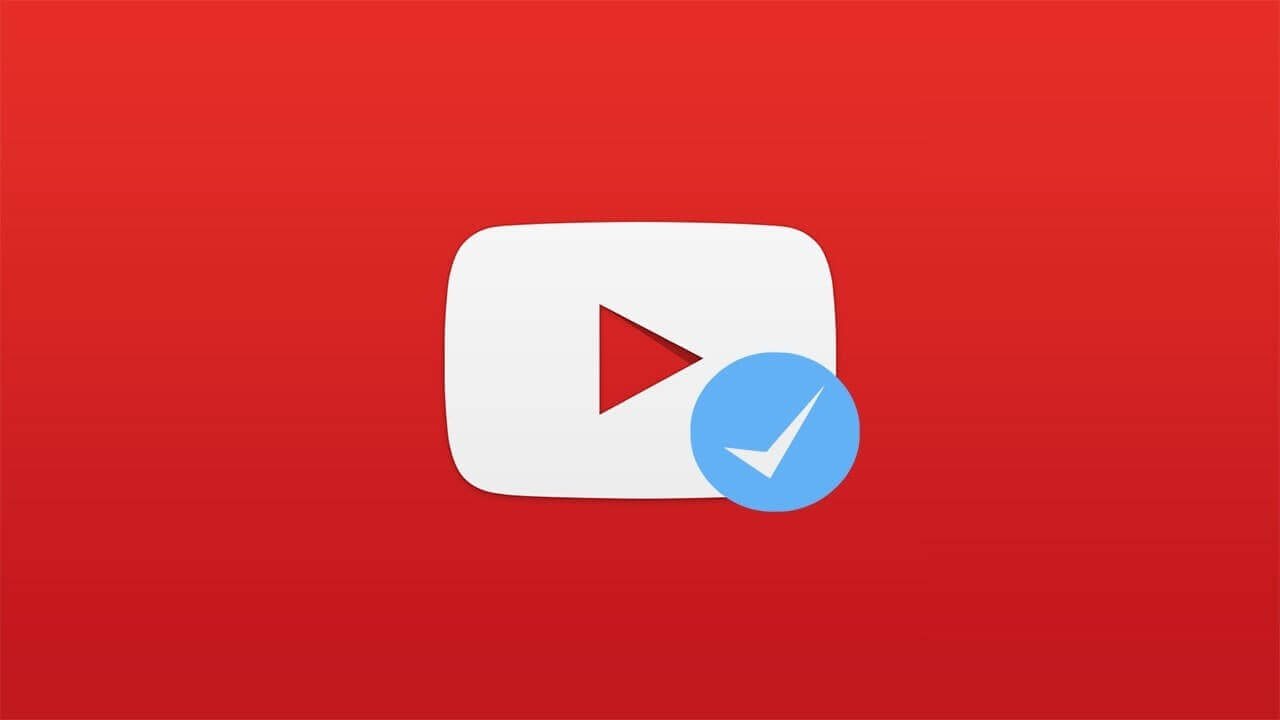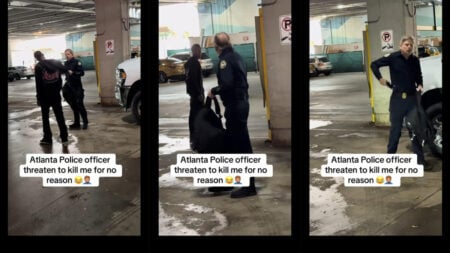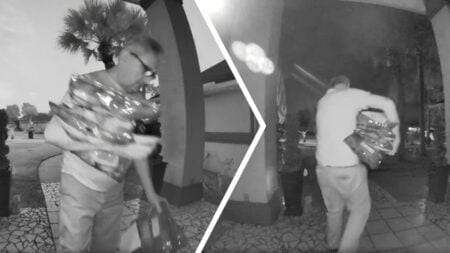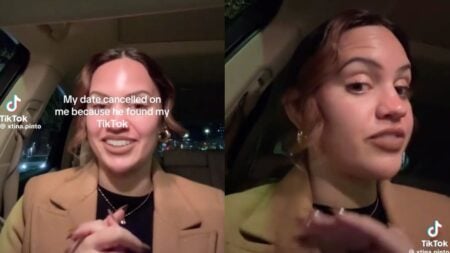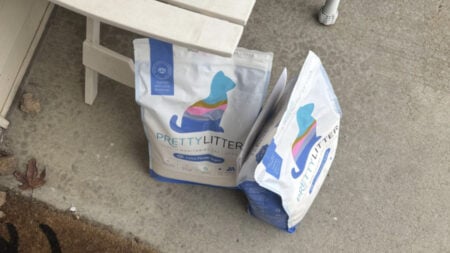YouTube CEO Susan Wojcicki has publicly apologized for the recent debacle surrounding the drastic changes made to the YouTube Channel verification process. These changes have suddenly left countless channels on the platform without verification, and with the new replacement system that is inbound leaving many unsatisfied.
In response to the strong backlash against the most recent decision by the YouTube team, CEO Susan Wojcicki responded to the verification badge backlash with the following statement:
“I’m sorry for the frustration [and] hurt that we caused with our new approach to verification… While trying to make improvements, we missed the mark. As I write this, we’re working to address your concerns [and] we’ll have more updates soon.” What exactly these updates will entail is yet to be seen, and hopefully any attempts to “address our concerns” will be beneficial to creators at large, and not the other way around.
The Verification Badge is ascribed to channels that have been identified by the platform as authentic, well-liked channels that are actually the channels that the claim to be. This helps differentiate them from other, small channels which may be seeking to feed off their viewership by copying them. The requirement to be eligible for the badge was previously as simple as having over 100,000 subscribers but has now changed drastically in a manner that seems to favor pre-existing celebrity figures who are seeking to enter YouTube from outside the platform, rather than established, smaller, and even some larger original creators. The new form of verification identification would take the form of a gray background surrounding the name of the channel on the user’s main channel page, which many feel is an unnecessarily vague and confusing alternative to the current system as well.
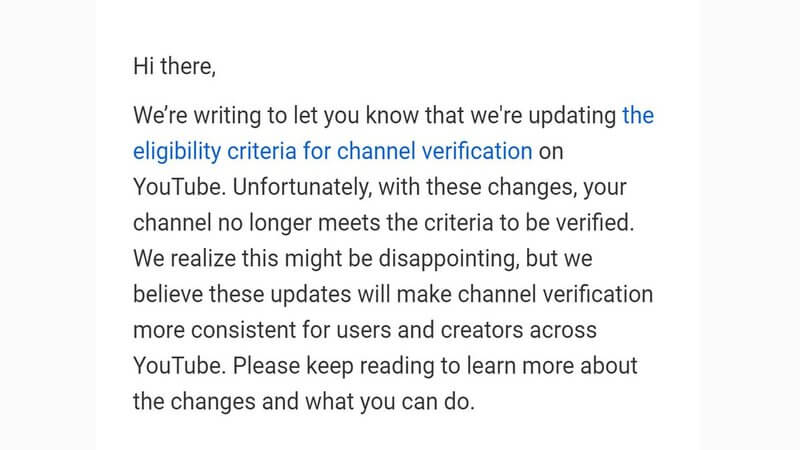
YouTube has made many changes to the platform in recent years that have been mostly harmful to smaller creators attempting to get noticed or make a living on the platform, with this only being the latest in a long line of changes that have confused and angered the website’s user base. From the 2016 institution of the “adpocalypse” that drastically altered advertising specs on the website and lowered many YouTuber’s basic incomes, to the now easily triggered and more easily abused copyright strike system, YouTube has become a thoroughly anti-creator/pro-corporation platform in the eyes of many.

